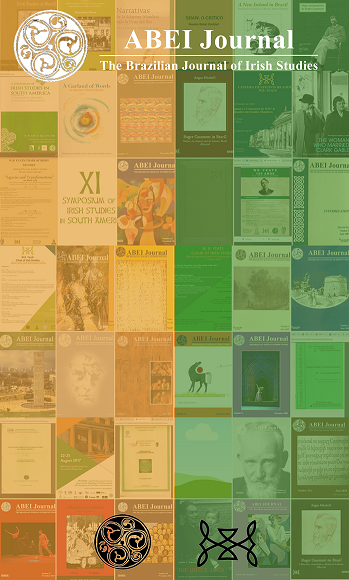Constructing the Global Irish Woman Traveller: Cynthia Longfield’s Scientific Researches in South America, 1921-27
DOI:
https://doi.org/10.37389/abei.v21i2.3812Keywords:
Science; Travel; Women; Migration.Abstract
Irish-born Cynthia Longfield (1896-1991) became a leading entomologist
after participating in three expeditions to South America in the 1920s. Working unpaid in the British Museum for 30 years, she catalogued Odonata (dragonflies and damselflies) from all over the world, published scientific papers, and collaborated with British, Irish and international scientists. While she made several other collecting expeditions to Africa and South-East Asia in the 1920s and 1930s, her early experiences of South American natural history are a crucial aspect of her formation as
an internationally renowned scientist, and are an interesting chapter in the long history of Irish connections with the region. She was a migrant, a traveller, and a scientist, and was a person at once privileged by her class and denied basic equalities due to her gender. This article firstly considers her scientific career in the context of Irish women’s migration in the first half of the twentieth century, before focusing on her three voyages to South America in 1921-7 and, finally, examining the ways in which her participation in the St George expedition– as one of just three women aboard ship – was reported in the Anglophone press.


